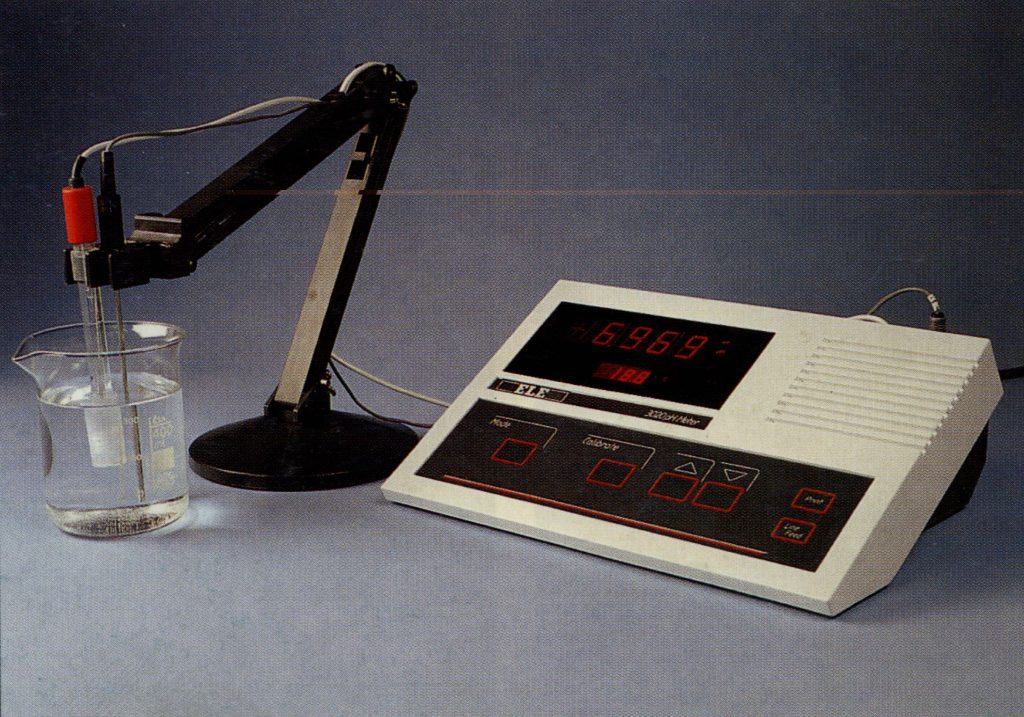Soil Mechanics Laboratory

The Arman Sanat Tadbir Andish Laboratory Complex consists of several sections, which are generally categorized into the Concrete and Building Materials Laboratory, Soil Mechanics and Geotechnical Laboratory, Rock Mechanics Laboratory, Materials and Metallurgy Laboratory, Asphalt Laboratory, and more. In this section, we will introduce the Soil Laboratory.
Soil Mechanics Laboratory Services
Soil Mechanics Laboratory services are provided in two sections: "Field Operations and Tests" and "Laboratory Tests." Below, we introduce the services offered in each of these sections:
Field Operations and Tests in Soil Mechanics and Geotechnics
Performing field tests and operations in soil mechanics and geotechnics is of great importance because the information and data obtained from these field tests and measurements help engineers to conduct more accurate analyses of soil behavior under real-world conditions.
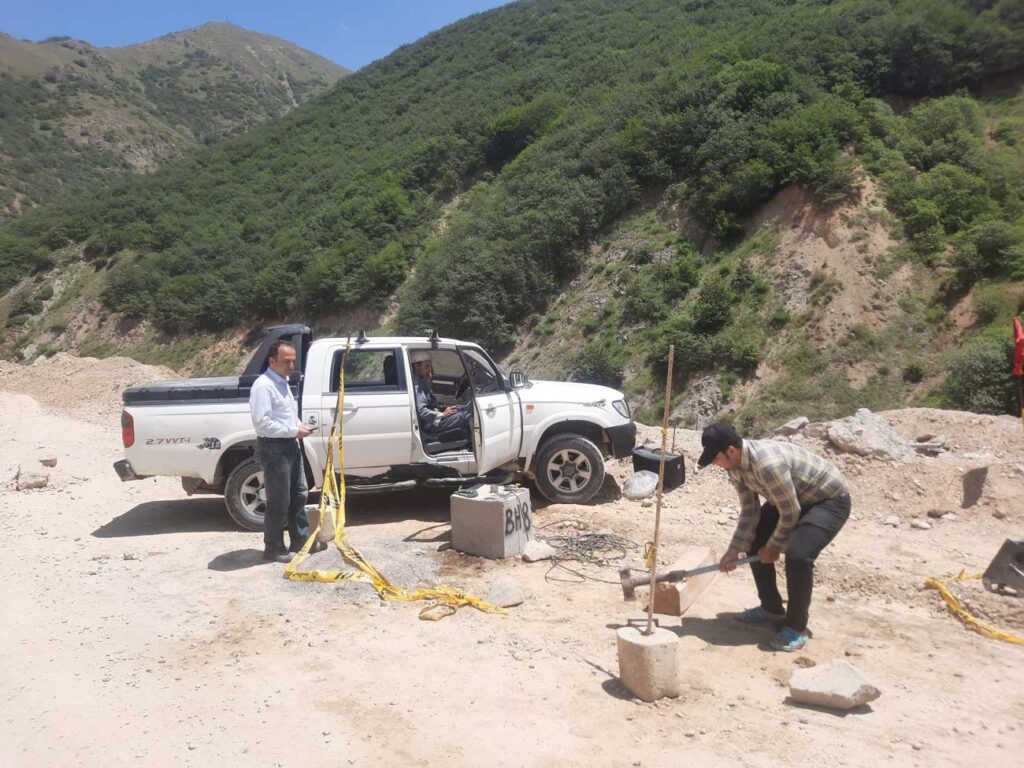
Machine and manual drilling of boreholes for soil layer identification
Drilling of boreholes using both machine and manual methods for the identification of soil layers in engineering and geological projects holds special importance. This operation is carried out with the purpose of examining and identifying the composition and various characteristics of soil strata.
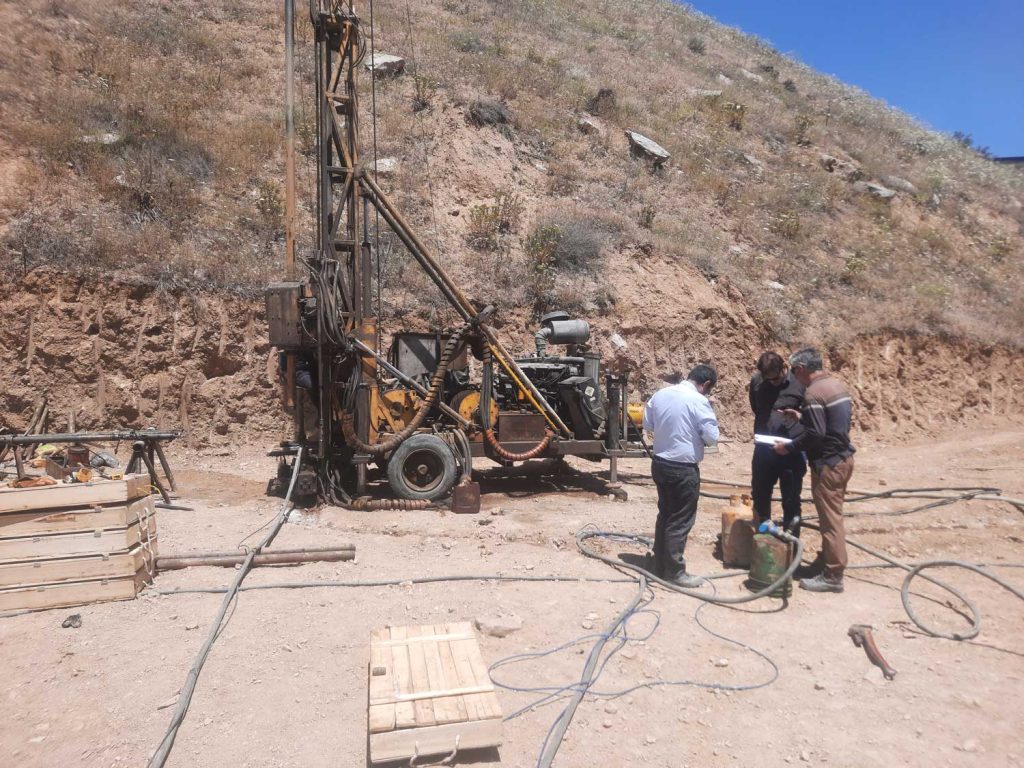
Standard penetration tests (SPT), in-situ density, Lofran and Lugen permeability tests, plate load tests, pressuremeter tests, geoelectric downhole, and in-situ direct shear tests
Standard Penetration Test (SPT)
The Standard Penetration Test (SPT) is one of the most important and commonly used soil mechanics tests, performed to measure the resistance and various properties of soils at different depths. This test provides engineers and specialists in soil mechanics and geotechnics with crucial information about soil properties and their behavior under field conditions.
In-Situ Density
The density test, also known as the compaction test, is performed to measure the soil’s density and compaction in situ. This test provides volumetric and weight estimates of the soil within a unit volume, offering valuable information to engineers and specialists in civil and geotechnical engineering. Access to this data helps determine the compaction characteristics and mechanical properties of the soil on site, which is essential for the design and execution of various projects.
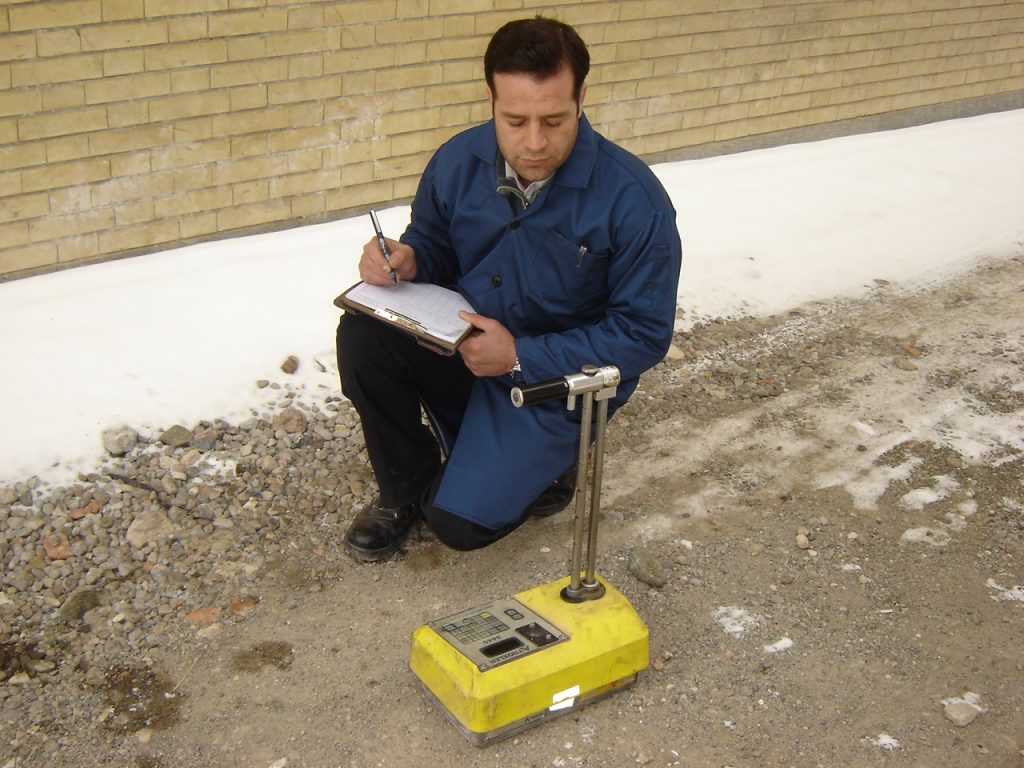
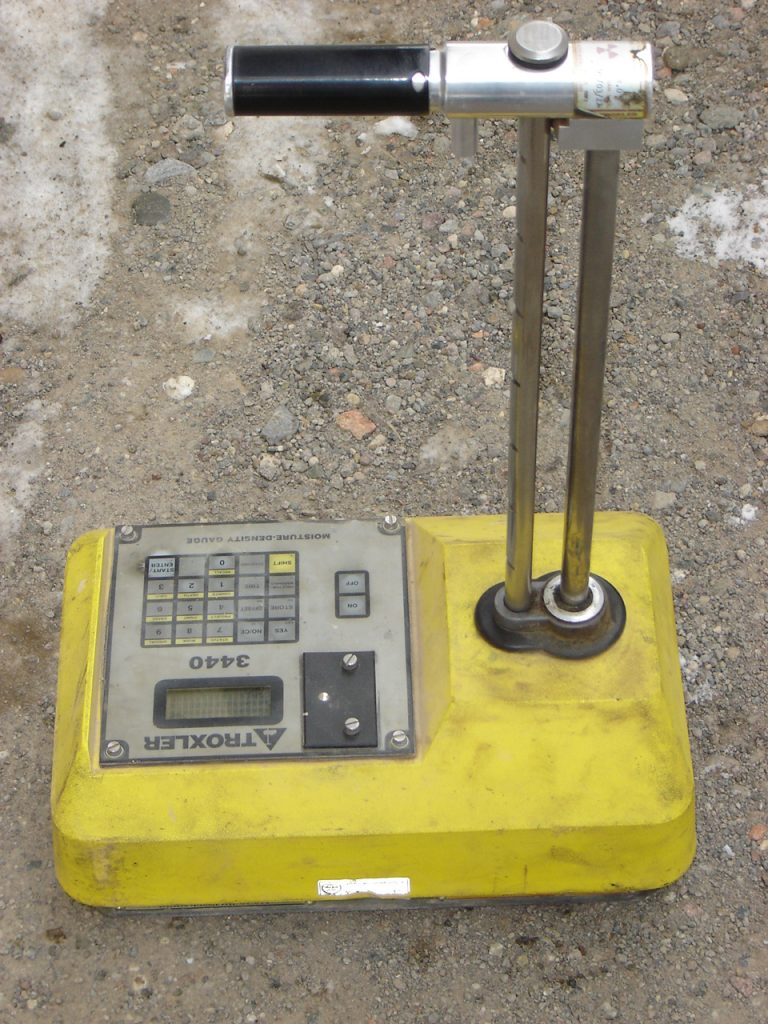
Löffler and Lugeon Permeability Tests
The Lugeon and Lefranc Permeability Tests are used to measure the permeability and water flow characteristics of soils. These tests provide engineers and specialists in geology and geotechnics with important information about the soil’s ability to transmit water and its permeability. Soil permeability is a key factor in determining the hydraulic behavior and groundwater flow timing, and it plays a crucial role in the analysis of drainage issues, oil and gas projects, dam engineering, and other related fields.
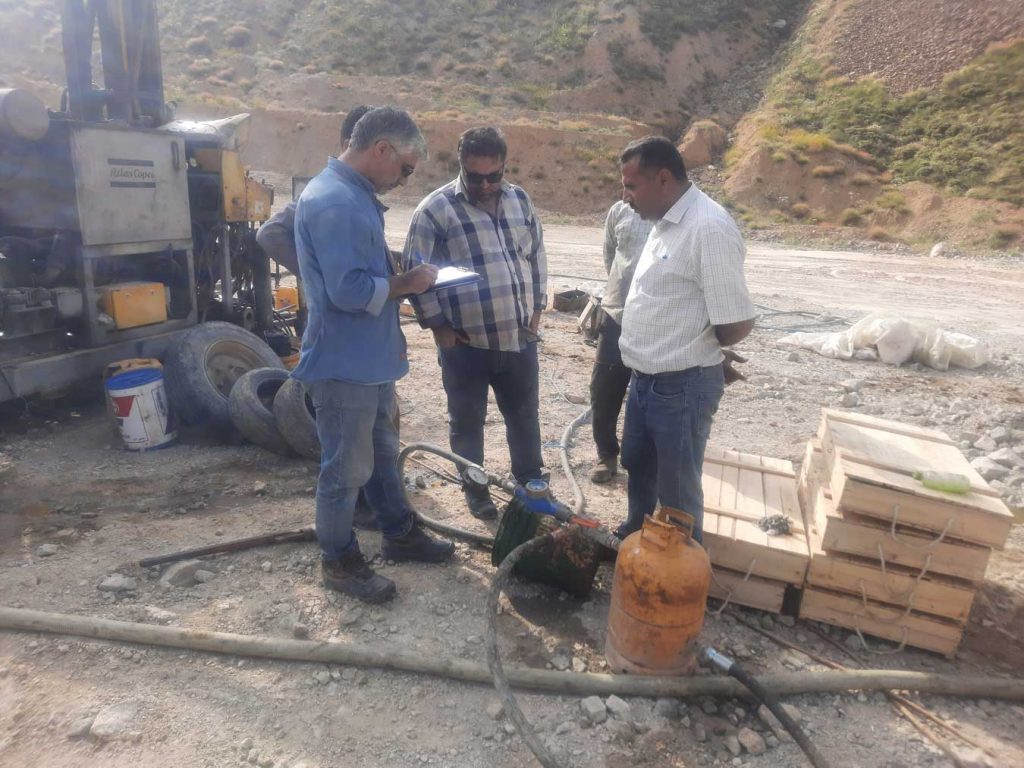
- In the Lefranc Permeability Test, water is injected into the soil under pressure through pulses. Soil permeability is calculated by measuring the rate of water flow through the soil per unit time under a specified pressure. This test helps engineers estimate the permeability and water transmissivity of soils under field conditions.
- The Lugeon Permeability Test is similar to the Lefranc test. In this test, water is injected into the soil under pressure, and the water infiltration rate through the soil is measured over a specified time and pressure. The data obtained from this test help engineers consider the hydraulic properties of soils and make better selections and designs for their projects.
Plate Loading
The Plate Load Test is one of the most important soil mechanics tests, conducted to evaluate and determine the behavior and bearing capacity of soil under a loaded plate. This test provides engineers and specialists in civil and geotechnical engineering with valuable information essential for designing structures and executing construction and geological projects.
In the Plate Load Test, a metal or concrete plate is loaded onto the soil. The load is gradually increased, and the changes in load and settlement are recorded simultaneously. This test is performed in two different modes: single-loading and double-loading (where the plate is loaded from both sides).
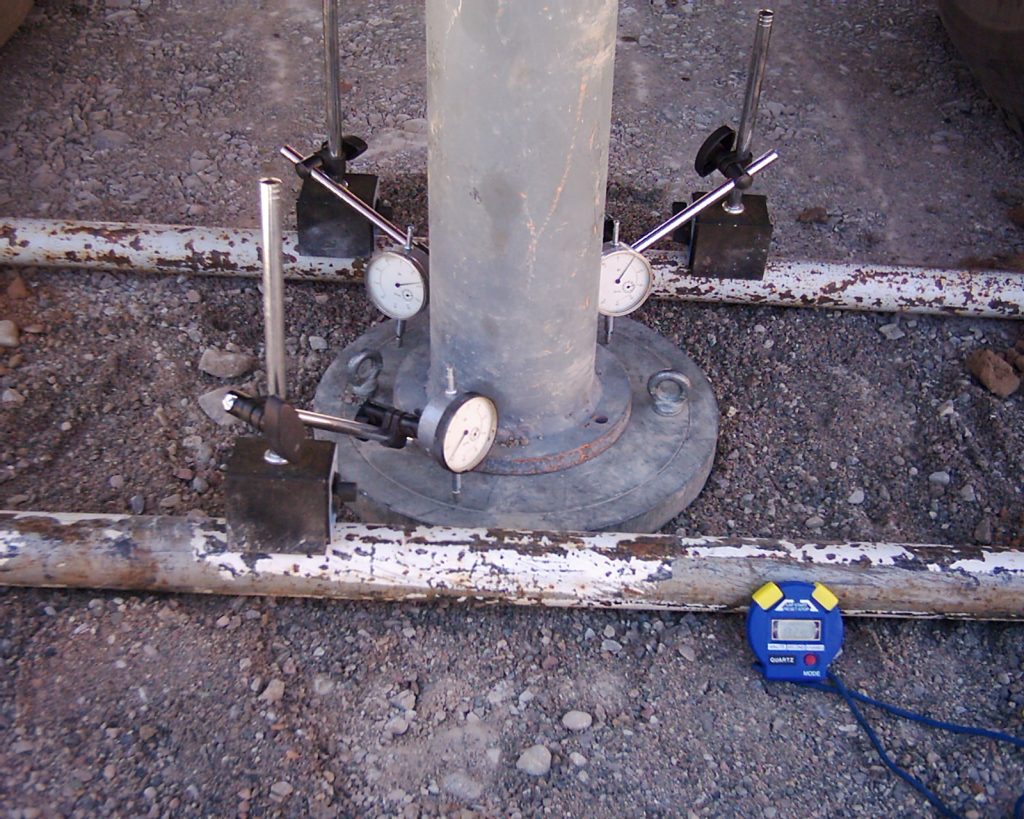
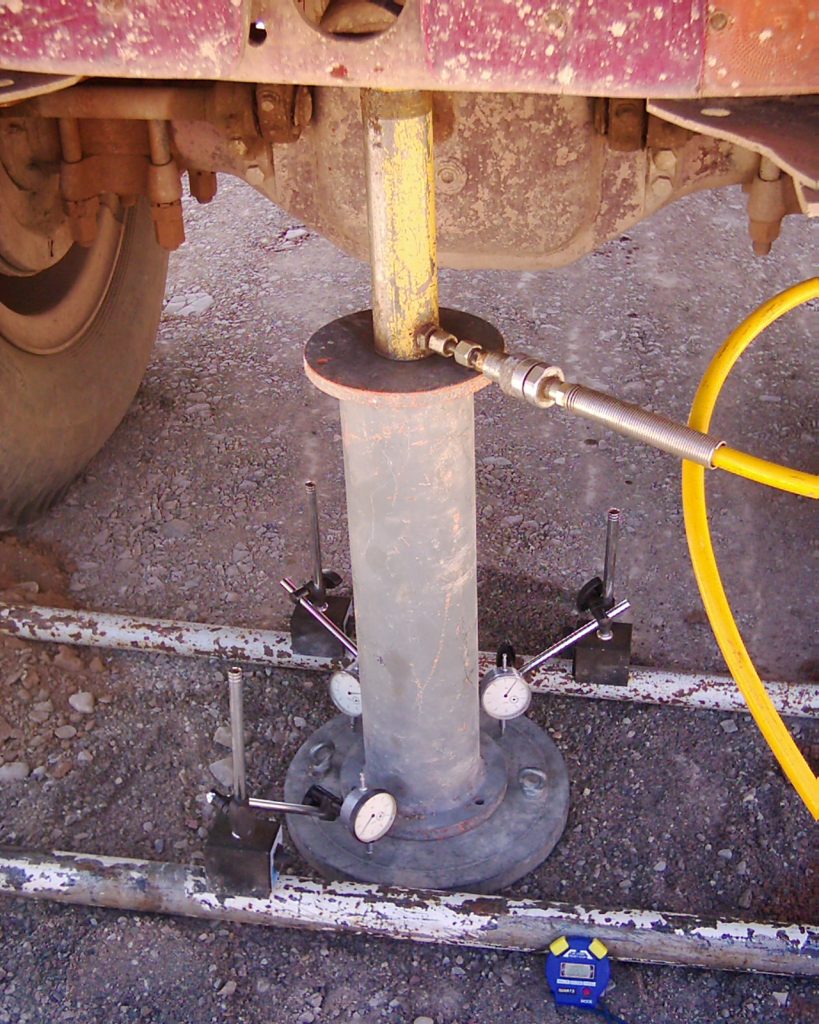

Piezometer Test
The Pressuremeter Test is one of the most important soil mechanics and geotechnical tests used to determine the mechanical properties and deformation behavior of soils at various depths. This test provides engineers and specialists in engineering geology and geotechnical engineering with valuable information about the mechanical characteristics of soils.
In the Pressuremeter Test, pressure is applied to the desired depth in the soil using a device called a pressuremeter. This device consists of a flexible tube or probe and an expandable cylindrical membrane surrounding the tube. By expanding the cylindrical membrane against the soil, the mechanical stresses of the soil components are measured, and the results are recorded in a pressure-deformation curve.
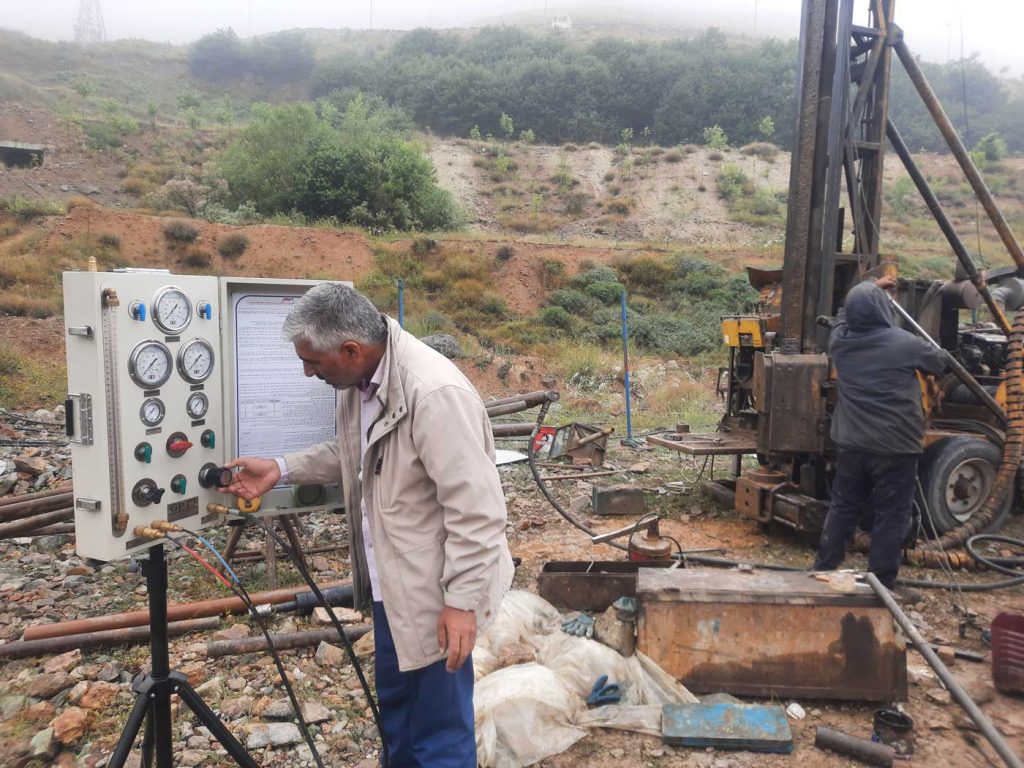
Geoelectric Ditch (Danehole)
The Geoelectric Ditch Test is a non-destructive method used to determine the grain size distribution of soil by measuring the soil’s electrical resistance along a vertical soil column. This test is based on the differences in electrical resistance of various soil particles, allowing an approximate estimation of the soil’s grain size distribution.
In the Geoelectric Ditch Test, a vibrating device is connected to the soil under examination, and electrical signals are applied to the vibrating device. Different soil particles exhibit varying electrical resistances, which can be measured by changes in the electric current. The results of this test are plotted as an electrical resistance curve in relation to the soil’s vertical depth. By analyzing this graph and using prior experience, the grain size distribution of the soil can be determined.
The Geoelectric Ditch Test is typically used as an approximate method for determining the grain size distribution in soils. This technique is suitable for quick, non-destructive analysis of soil grain characteristics. However, the results should be interpreted with caution, as they are generally less precise than those obtained from traditional soil grain-size analysis methods.
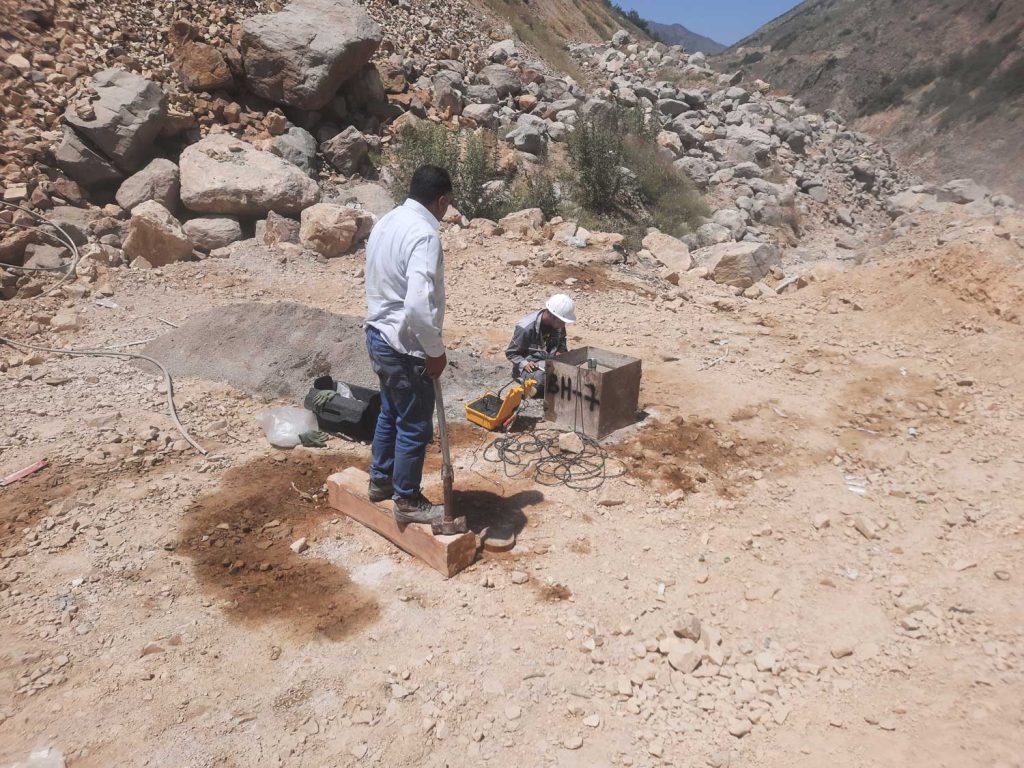
In Situ Direct Shear
The In Situ Direct Shear Test is an important method in geotechnical engineering used to determine the shear strength and deformation behavior of soils under shear loading in the field. This test provides engineers and specialists in civil engineering, geotechnics, and earth structures with valuable information about the mechanical properties of soils and their behavior under real field conditions.
In the In Situ Direct Shear Test, two horizontal soil samples are placed in the direct shear device, and shear is induced between them. One sample serves as the base (bottom), and the other as the top sample. A vertical force is then applied to the top sample to create shear between the two samples. This force is gradually increased until shear failure occurs. The applied force and the differential displacement are recorded throughout the different stages of loading.
Tensile Test of Installed Rebar and Nailing Test
This test is conducted to assess the quality of the bond between concrete and rebar or the connection between cement grout and nails at the project site.
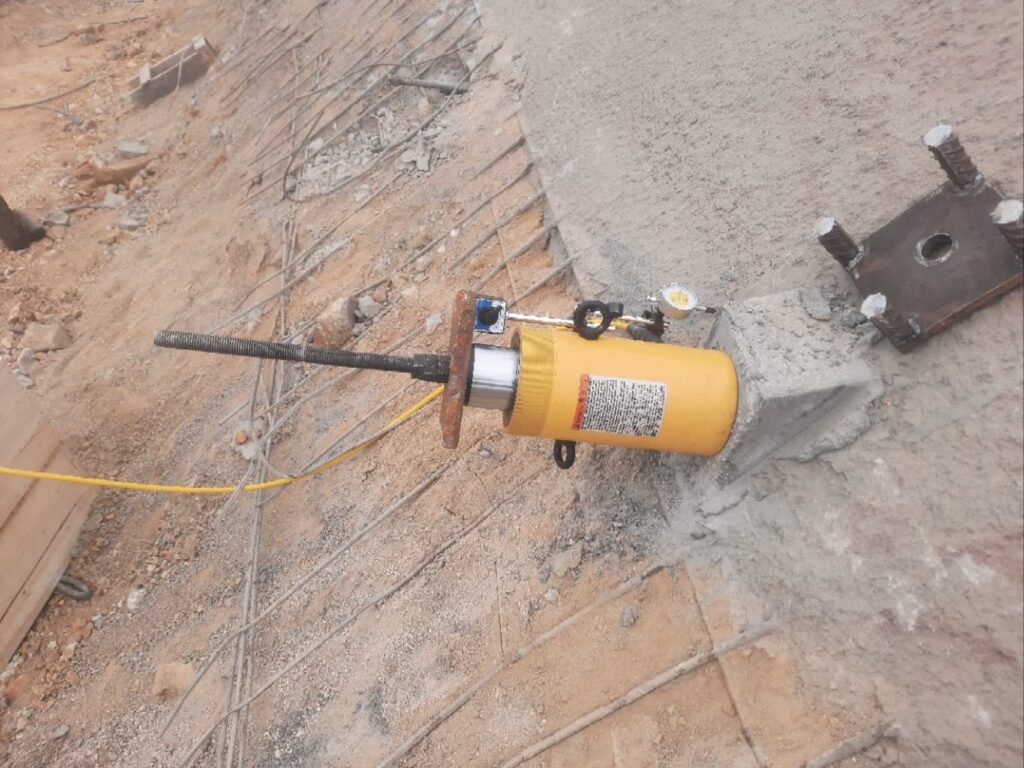

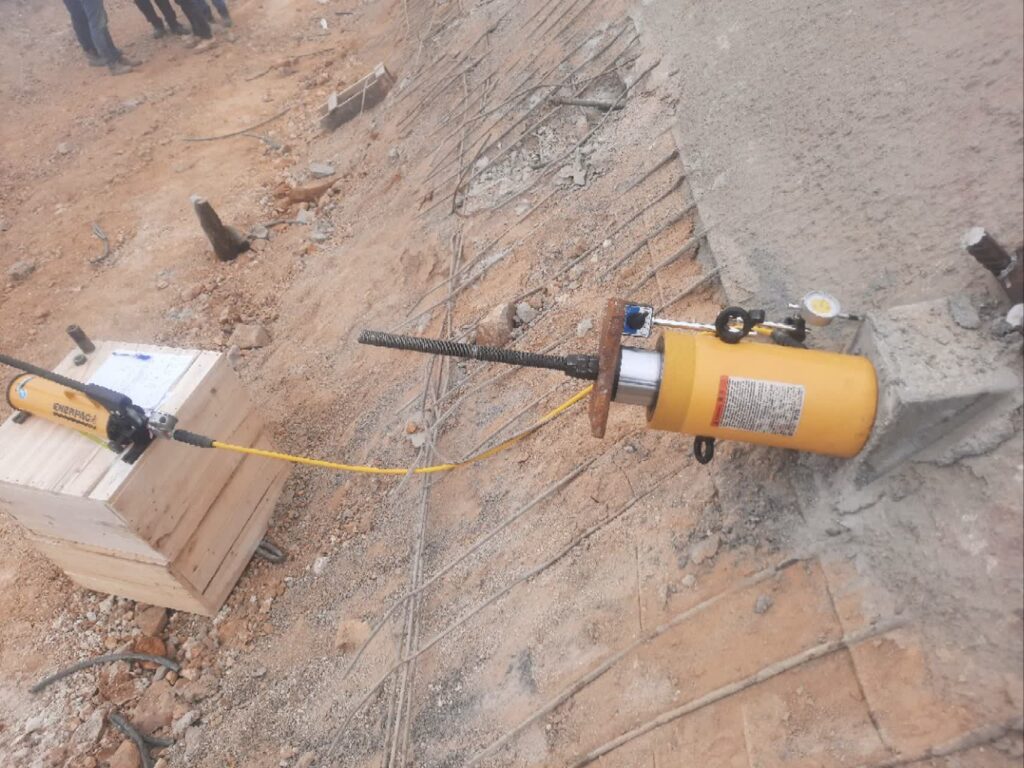
Injection operations to create a waterproof curtain
Injection operations to create a waterproof curtain are an important method in geotechnical and civil engineering aimed at controlling and managing groundwater and protecting structures and buildings from water effects. In this method, adhesive and sealing materials are injected into the soil or rock to form a waterproof barrier that prevents water infiltration underground or near structures, thereby protecting the structures from water damage.
Stabilization of excavation walls and slopes through soil reinforcement
The stability of excavation walls and slopes is crucial in construction and geotechnical projects. Geotechnical engineering and earth structures are employed to ensure the stability of excavation walls and slopes. One of the key methods to enhance the stability of these structures is soil reinforcement.
In soil reinforcement, materials such as geosynthetics, metal meshes, reinforcing piles, and reinforcement bars are used to increase the strength and stability of the soil.
Performing laboratory tests in soil mechanics and geotechnics
Laboratory tests in soil mechanics and geotechnics are conducted to determine various soil properties and compositions using specialized devices and equipment. These tests are crucial for the analysis and design of a wide range of civil engineering, architecture, road construction, geology, and environmental projects. Below, we list some of the soil mechanics and geotechnical tests performed at the Arman Sanat Tadbir Andish Laboratory.
Soil classification tests include grain size analysis, Atterberg limits, and others.
Grain Size Analysis
The soil grain size analysis test is one of the most important tests in soil science, helping to analyze and determine the particle size distribution within a soil sample. This test assists in classifying soils based on the size and composition of the particles present. Grain size analysis provides important information such as soil density, permeability, mechanical properties, and water behavior.

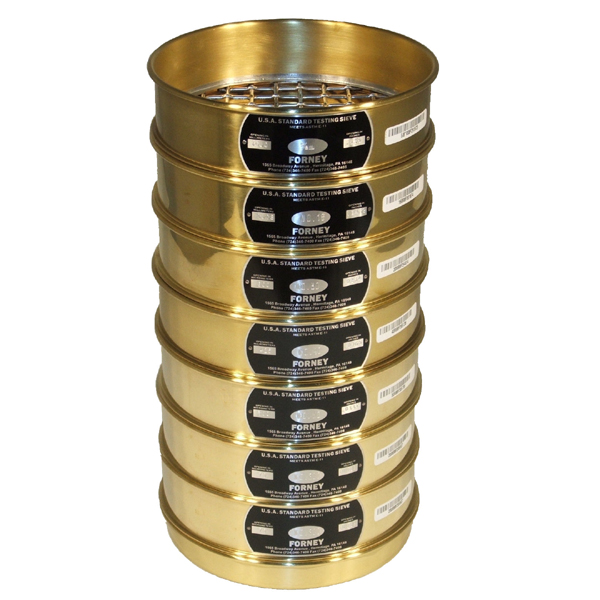
Atterberg Limits Test
The Atterberg Limits Test is an important soil science test used to determine the mineral content of soil particles in order to identify and analyze their composition and type. This test specifically examines particles larger than approximately 75 micrometers (referred to as fine particles) and smaller than about 2 millimeters (referred to as coarse particles). The Atterberg Limits Test analyzes the relative frequency distribution of soil particles of different sizes.
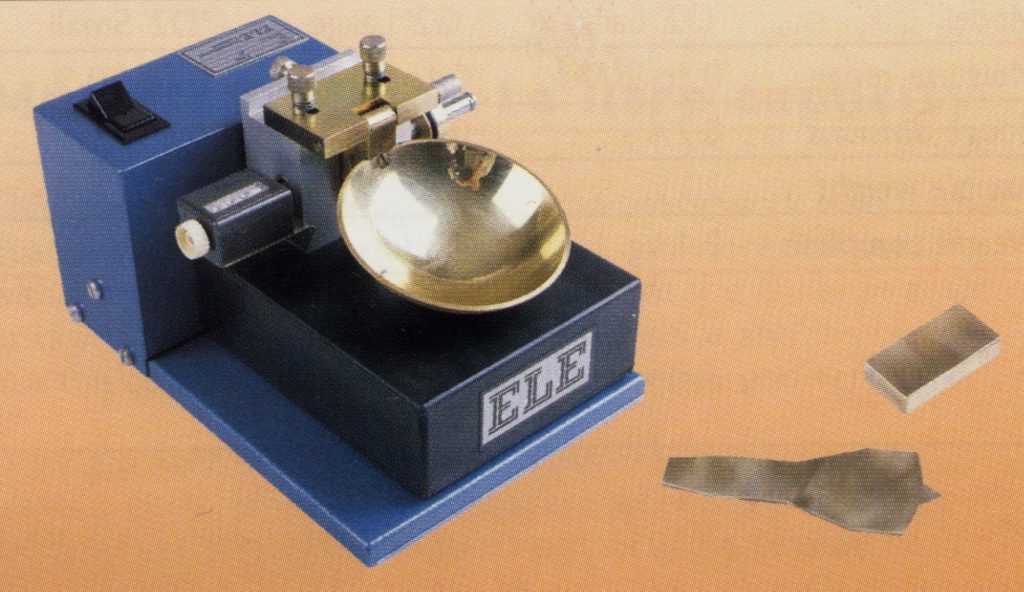
Tests for Determining Soil Mechanical Properties include triaxial, direct shear, uniaxial, consolidation, and swelling tests.
Triaxial Test
The soil triaxial test is one of the important tests in soil and rock mechanics, which examines the mechanical behavior of soil and rock under stresses applied in three principal (orthogonal) directions. This test is used to determine key parameters such as the modulus of elasticity, shear strength, viscosity, and deformation of soil or rock under various stress conditions.
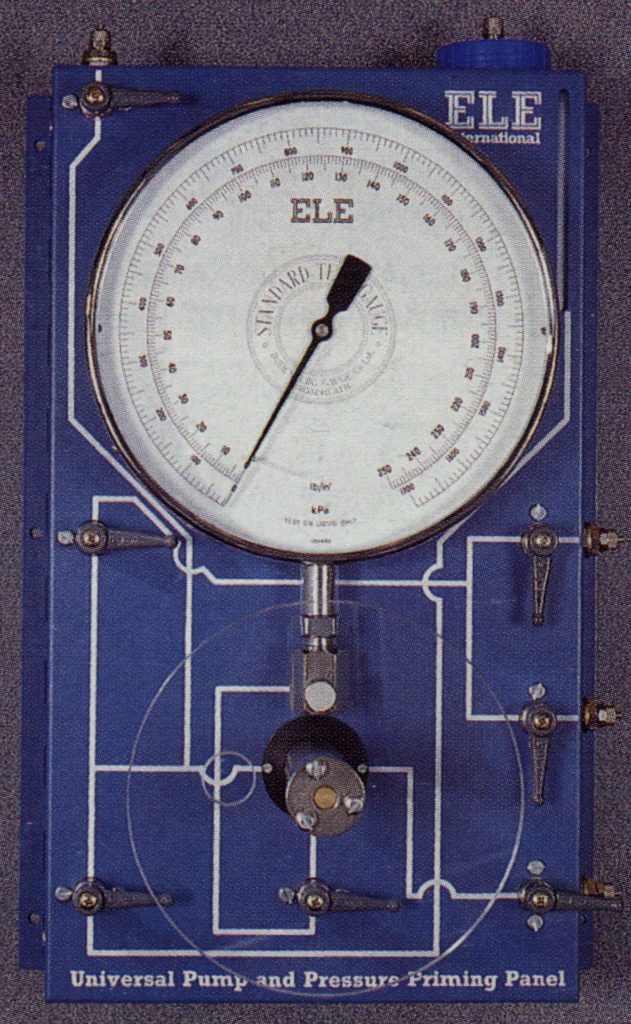
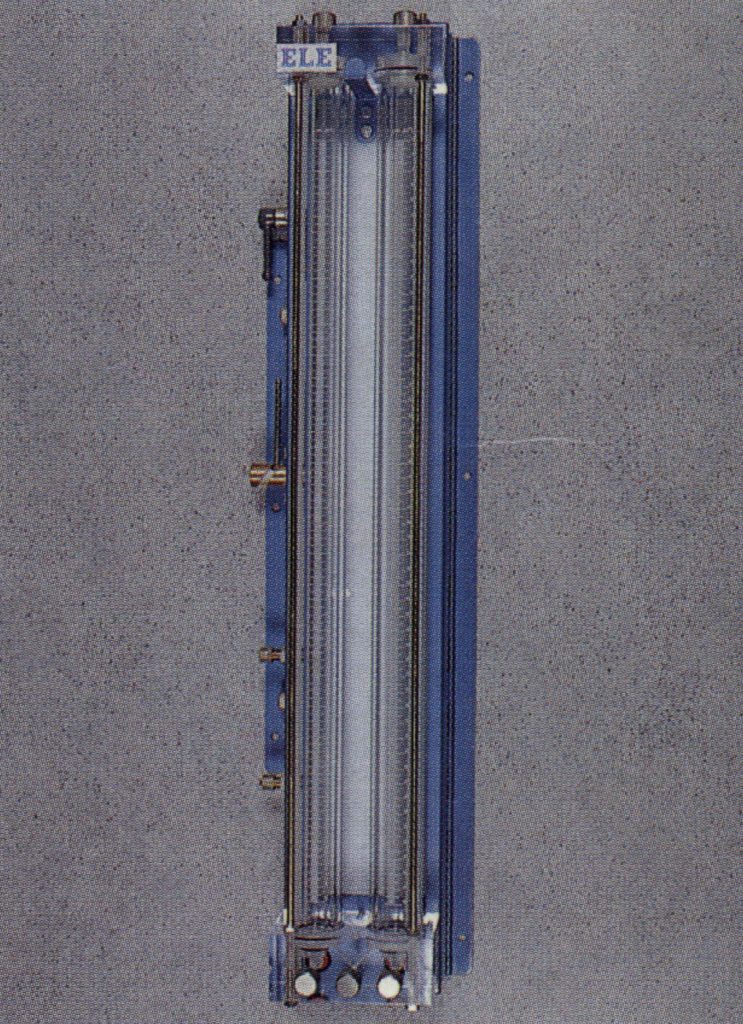
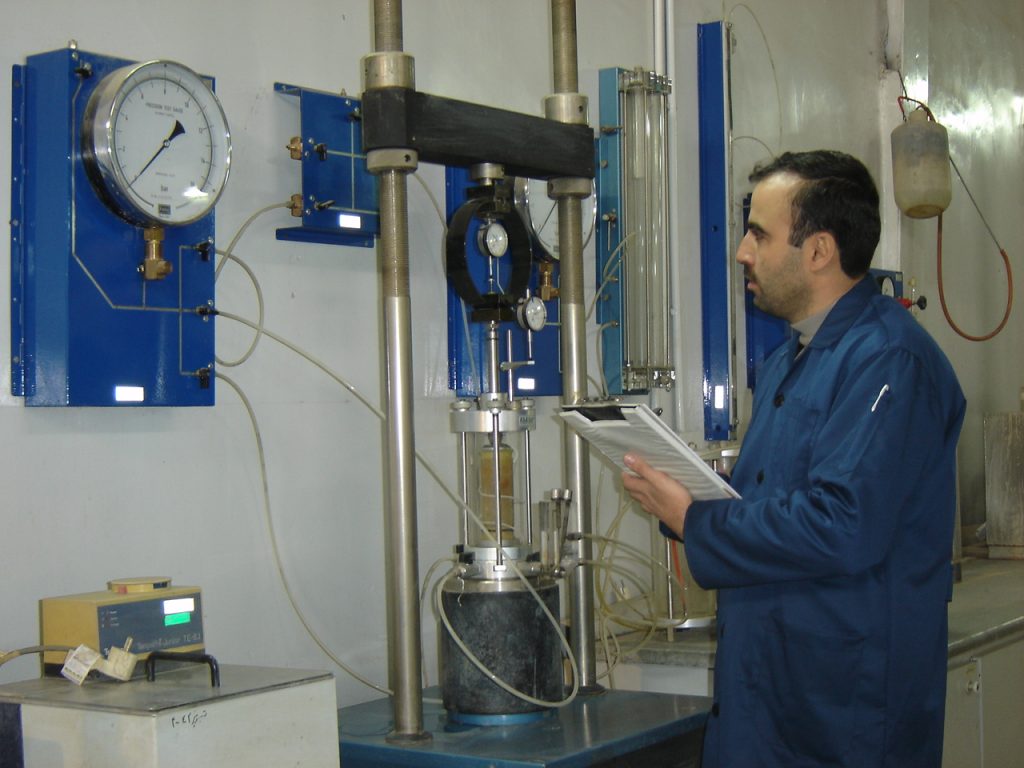
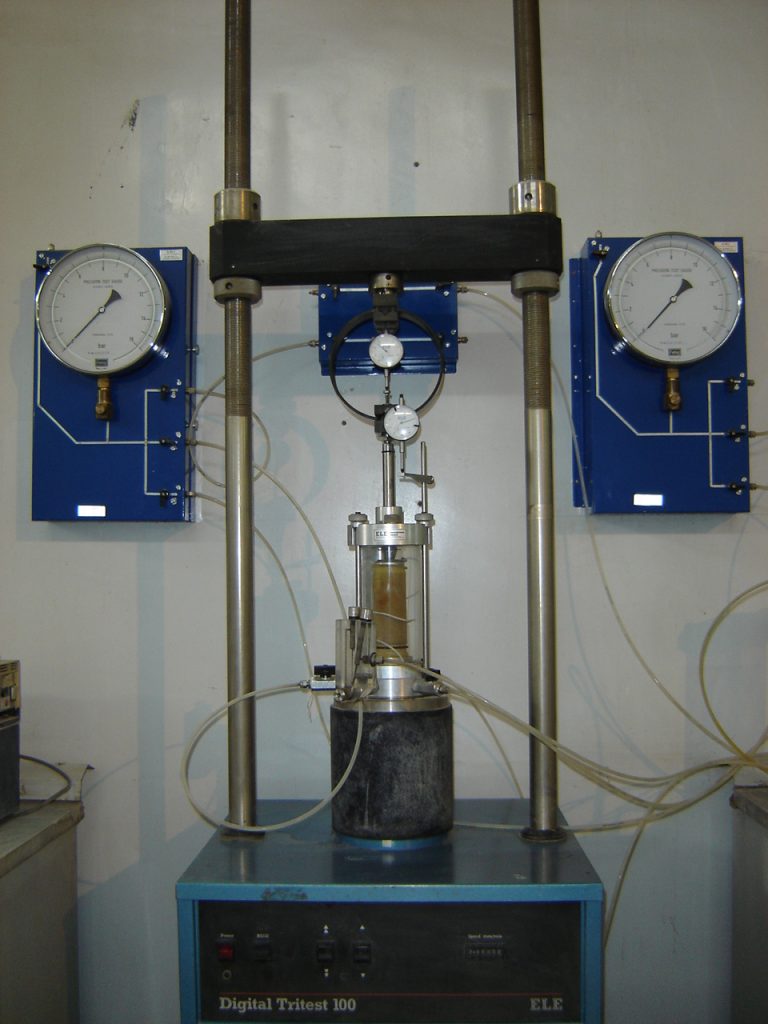
Direct Shear Test
The Direct Shear Test is one of the most important soil mechanics tests, used to determine the shear strength and mechanical properties of soil under direct shear conditions. This test helps to determine parameters such as the internal friction angle (shear angle) and cohesion (the tensile and compressive forces required to initiate soil movement). The Direct Shear Test is also commonly performed on mixtures of brick, mixed soils, and rock materials.

Uniaxial Compression Test
The Uniaxial Compression Test is one of the most important soil mechanics tests that examines the mechanical behavior of soil under uniaxial conditions (where deformation occurs only along one direction). This test helps determine the compressive strength, modulus of elasticity, and other mechanical properties of soil under uniaxial stress.
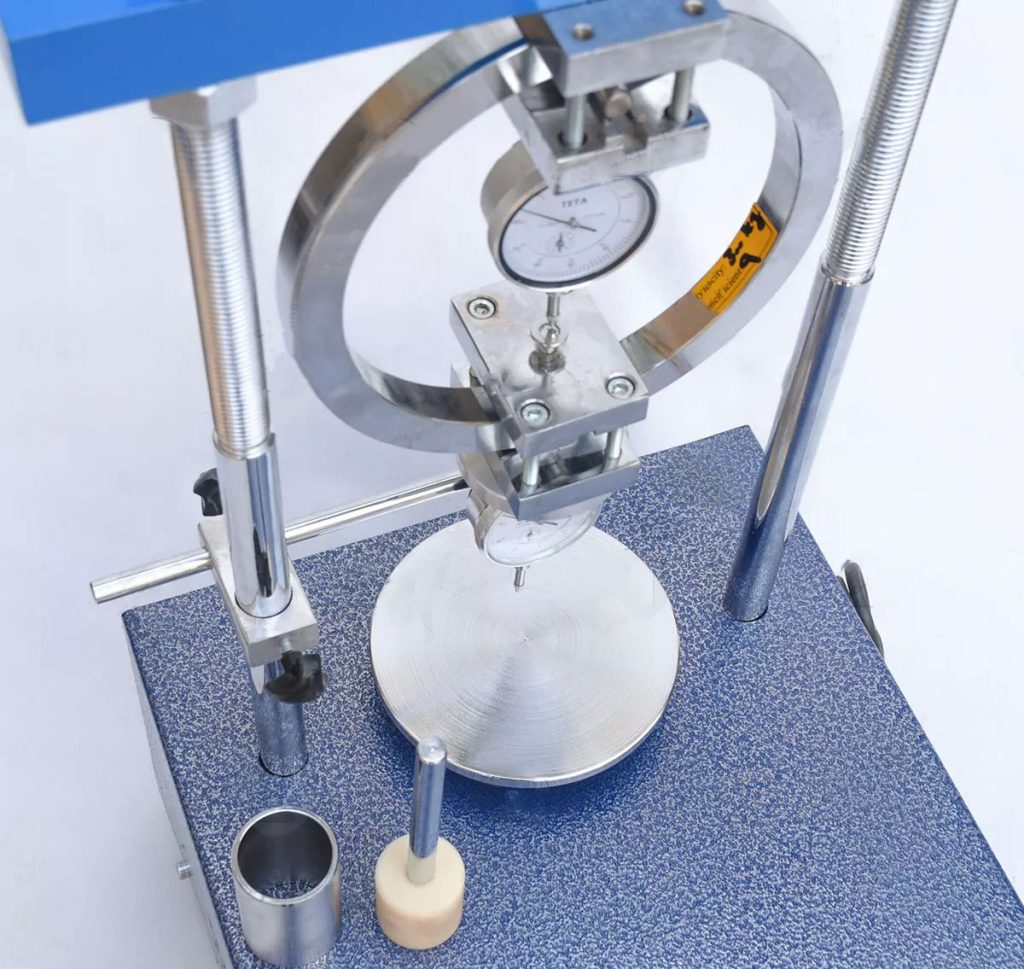
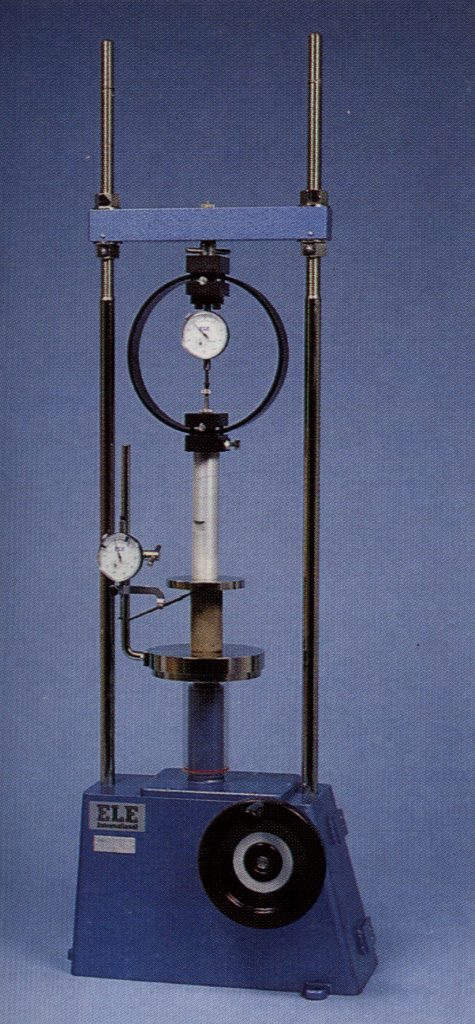
Swelling Test
The soil swelling test is one of the most important soil mechanics tests, which examines the volumetric properties and volumetric deformations of soil under the influence of pressure and moisture changes. This test is typically conducted to determine the swelling coefficient, volume change, and volumetric deformation of soil under different conditions.
The soil swelling test provides important information such as volume change, volumetric deformation, and soil volumetric behavior under pressure and moisture variations. This information is crucial for the analysis and design of civil engineering, architecture, and geological projects.
Tests for determining physical soil properties including compaction, permeability, dispersibility, and hydrometry.
California Bearing Ratio (CBR) Test
The California Bearing Ratio (CBR) Test is one of the most important soil mechanics tests used to evaluate the strength and load-bearing capacity of soil, especially in the design and analysis of roads and pavement surfaces. This test determines the ratio of the soil’s compressive strength to the compressive strength of a standard crushed rock or concrete sample, known as the "California Bearing Ratio."
Soil Permeability Test
The Soil Permeability Test is one of the most important soil mechanics tests used to evaluate the soil’s ability to transmit water, especially in the design of drainage systems and foundation engineering. This test helps determine the permeability coefficient or the rate of water flow through the soil per unit time and pressure.
The soil permeability test provides important information about the soil’s ability and rate of water flow, as well as the effects of drainage and water discharge. This data is essential for engineers in the design and implementation of engineering projects related to drainage systems, structures, and environmental management.
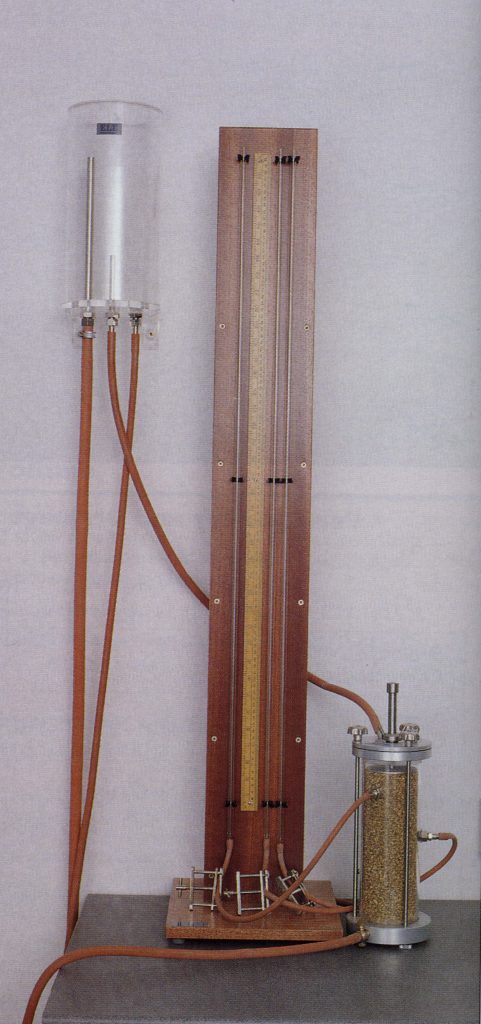
Atterberg Limits Test
The Atterberg Limits Test is one of the fundamental soil mechanics tests used to determine the characteristics of soil at different moisture states, particularly the solid, plastic, and plastic-limit states. This test helps identify various critical limits of the soil, including the liquid limit, plastic limit, and shrinkage limit.
The Atterberg Limits Test provides important information about the volumetric deformations and behavior of soil under different moisture conditions. This information is crucial for the analysis and design of civil engineering, architecture, and geological projects.
Hydrometer Test
The Soil Hydrometer Test is an important method for determining the particle size composition and distribution of soil grains. This test is used to analyze the soil’s particle composition and calculate the relative distribution of particle sizes. The hydrometer test is typically performed on soil samples to assess the degree of particle dispersion and the sizes of different soil particles.
The hydrometer test provides important information such as particle size distribution, various grain size ratios, and the granular characteristics of the soil to engineers and geological researchers. This information is essential for the analysis and design of civil engineering, geological, and environmental projects.
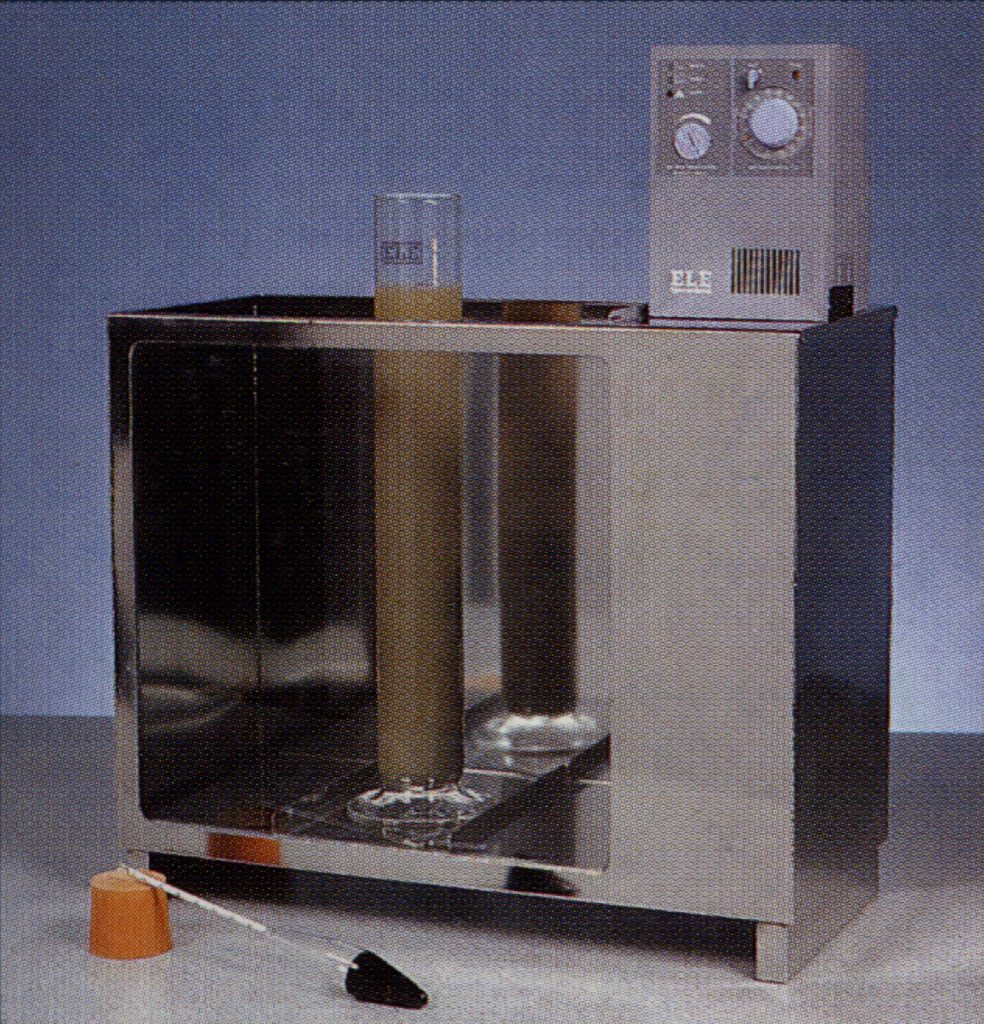
Quality control tests for soil materials including CBR, Proctor compaction, and sand equivalent tests
Quality control tests for soil materials, such as the California Bearing Ratio (CBR), Proctor compaction, and Sand Equivalent tests, are of great importance in evaluating and controlling the quality of soils for engineering projects. These tests help architects and civil engineers ensure that the soil materials used in construction meet the required quality standards. Below is a brief explanation of each of these tests:
By performing these tests, architects and civil engineers can ensure that the soil materials used in their projects possess suitable mechanical properties to withstand various loads and perform adequately under different moisture conditions.
California Bearing Ratio (CBR) Test
The California Bearing Ratio (CBR) test is one of the most important soil mechanics tests used to measure the compressive strength of soil in comparison to the compressive strength of a standard concrete or crushed stone sample. It is widely used for the analysis and design of engineering structures and infrastructures, especially in road construction and the development of airports.
The main purpose of the CBR (California Bearing Ratio) test is to determine the soil's ability to withstand mechanical loads under various traffic and loading conditions in engineering projects. This test is especially important in the design and construction of roads, airports, dams, foundation structures, tunnels, and other projects that are subjected to heavy mechanical loads.
Ultimately, the result of the CBR test helps engineers develop appropriate engineering designs for roads, airports, and various structures, ensuring the quality and safety of their projects.

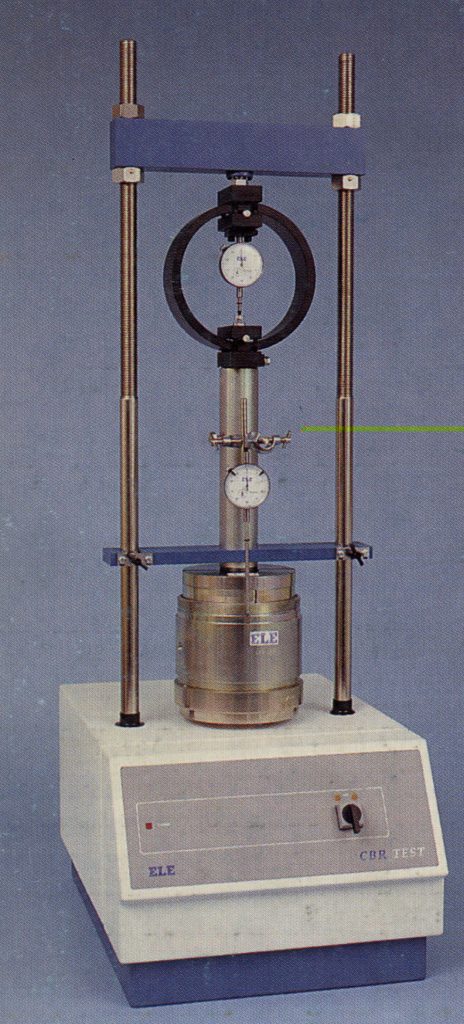
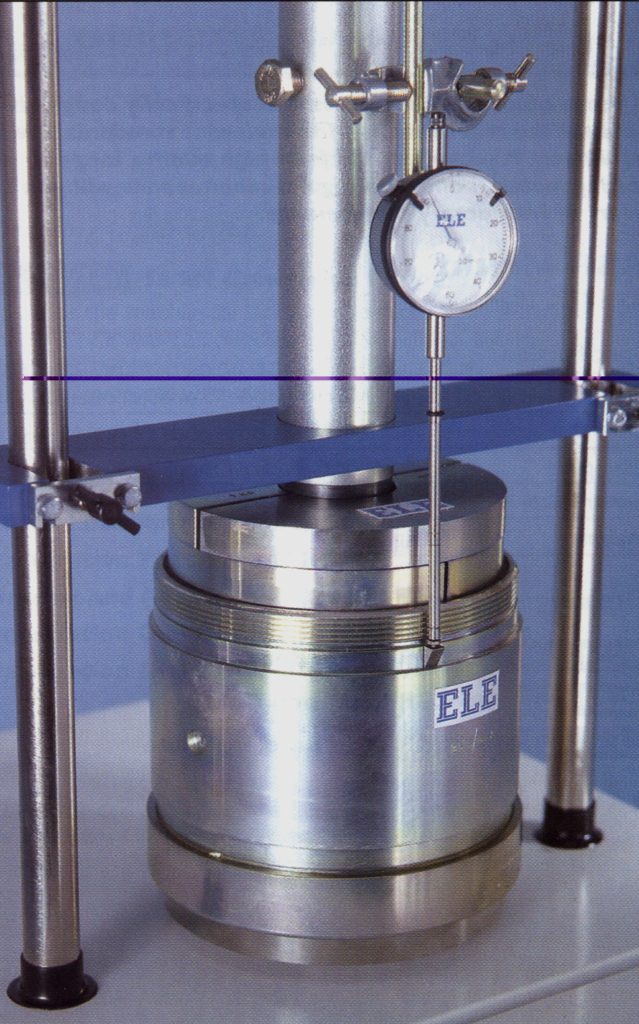
Proctor Compaction Test
The Proctor Compaction Test is one of the most important soil mechanics tests used to determine the maximum dry density and the soil's compaction characteristics under different moisture conditions. It is employed for the design and construction of soil layers in engineering projects. This test helps engineers determine and control the appropriate compaction of soils for construction, roadworks, subgrades, and other engineering applications.
The main purpose of the Proctor Compaction Test is to determine the maximum dry density and the soil's compaction characteristics under different moisture conditions. This test is especially important for the design and analysis of soil layers in engineering projects that require proper soil compaction under various loading conditions.
Sand Equivalent Test
The Sand Equivalent Test is a quality control test for soil materials used to evaluate the quality properties and composition of soils for engineering projects, especially in the design and construction of soil mixtures. This test helps engineers select suitable soil materials with desirable properties for their engineering projects.
The main purpose of the Sand Equivalent Test is to determine the amount of clay and filler materials present in the soil. This test is especially used to evaluate the quality properties of clayey and sandy soils in soil mixtures and serves as a standard quality index for soils in various engineering projects.
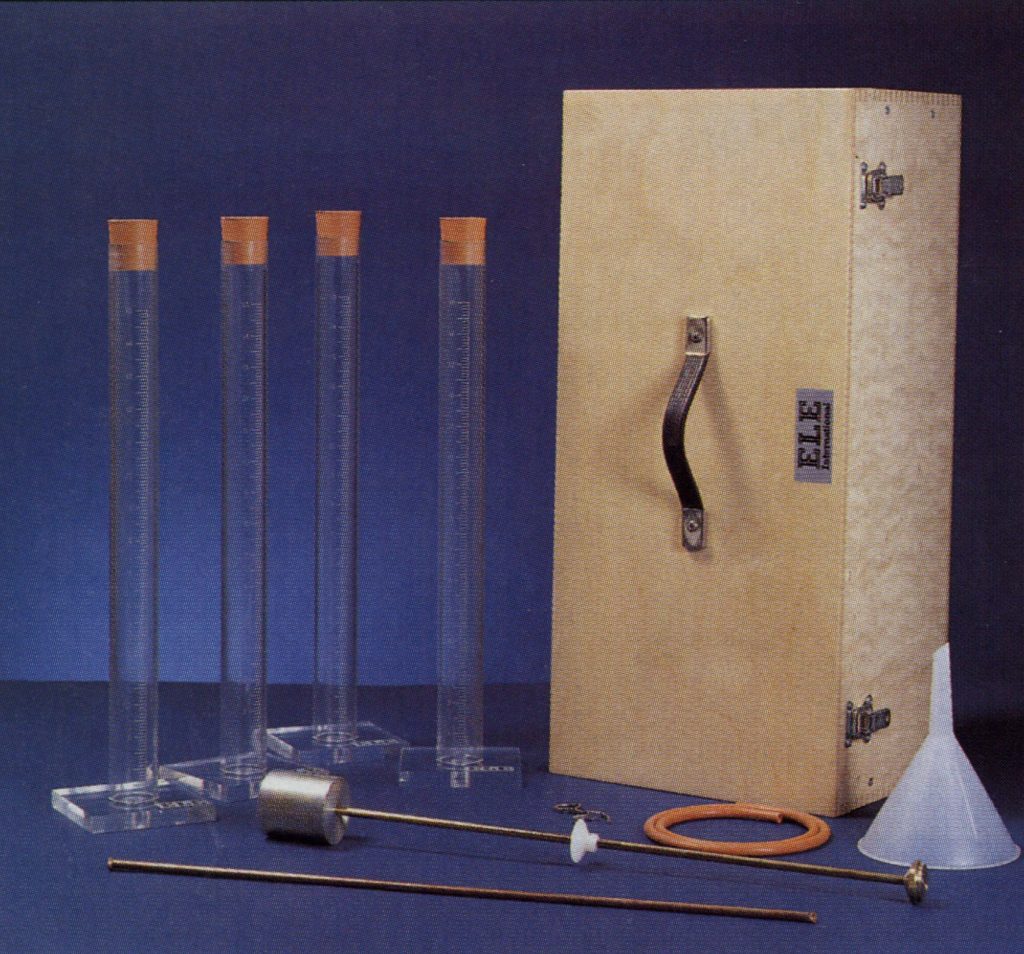
Chemical Tests
Chemical tests used in soil analysis are designed to evaluate the chemical composition of the soil and its effects on soil properties. These tests assist engineers, geologists, environmental scientists, and other professionals involved in geology and environmental sciences to analyze chemical-related issues in various projects.
